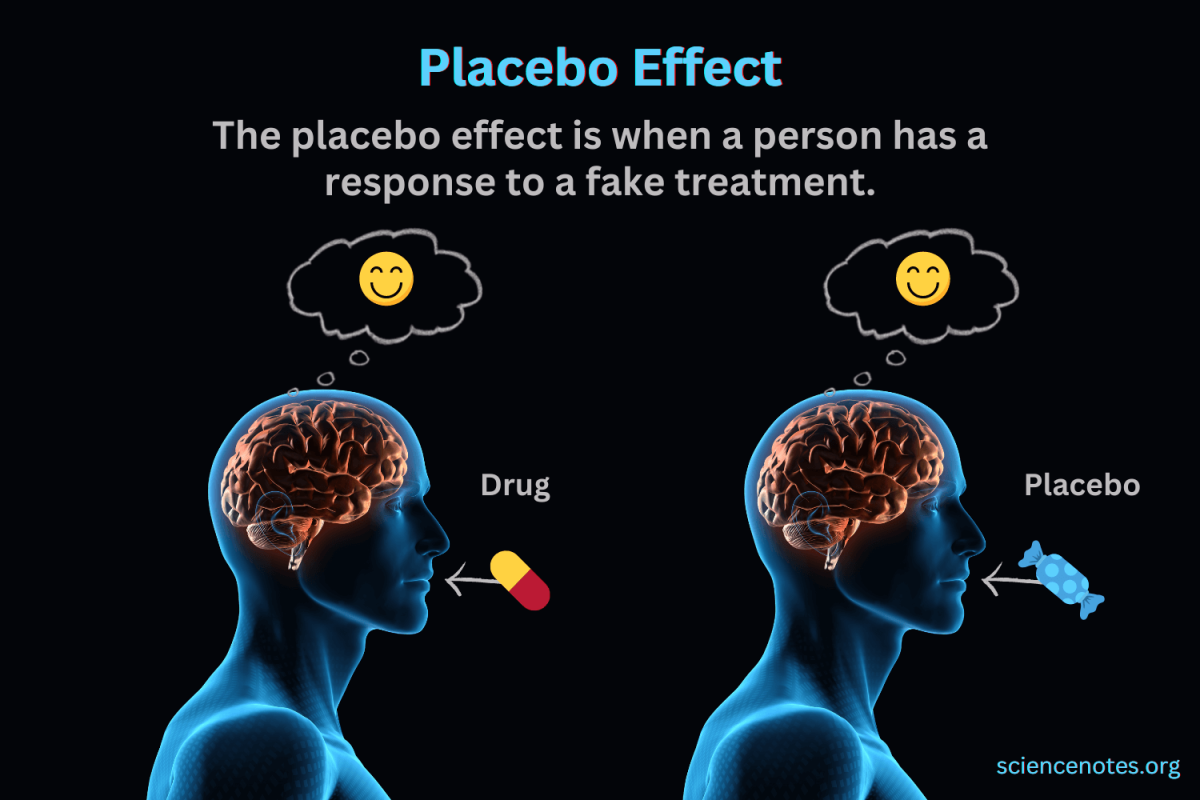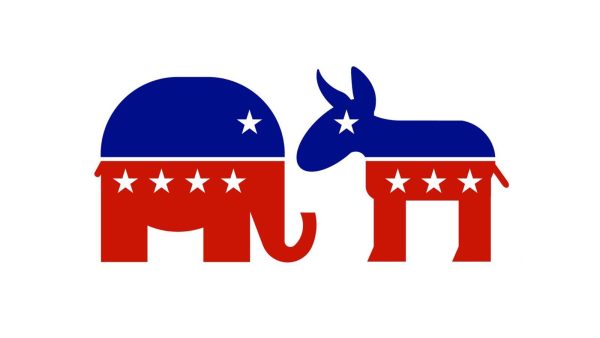Effects of Color on Brain and Body
March 3, 2019
Have you ever wondered why you feel certain ways when you see certain colors? According to Kendra Cherry, a writer for Verywell Mind, “Color is a powerful communication tool and can be used to signal action, influence mood, and even influence psychological reactions.” Color can affect anything from one’s moods to their feeling and behaviors.
Black: symbol of evil or menace but can also be used as an indicator of power
White: represents purity or innocence and is the color of new beginnings
Red: associated with energy, passion, and action as well as war and danger
Blue: linked to creativity and calmness and also inspires security and serenity
Green: common symbol for renewal and regrowth
Yellow: symbol for happiness and optimism
Brown: evokes a sense of strength and reliability
Orange: symbolizes excitement, enthusiasm, and warmth
Pink: known to have calming effect
As well as evoking emotions, colors are used for chromotherapy. Chromotherapy, used in several ancient cultures, is still used to today as alternative treatment. Listed below are colors and what they were, and still are, thought to heal.
Red: stimulates body and mind
Yellow: stimulates nerves
Orange: heals lungs and increases energy levels
Blue: soothes illness and treats pain
Indigo: alleviates skin problems
So, next time you need energy to do your school work eat an orange while looking at yellow or red or even rewrite your notes in orange, yellow, or red.
Next time you need sleep but can’t stop thinking, wrap yourself up with blue or pink blanket.
(Information from verywellmind.com)










































